By: Beatrice Turner
The Nakasendo Trail, also known as the Nakasendo Way, is an ancient and historic trail in Japan that dates back to the Edo period (1603-1868). It was one of the five major routes that connected the capital city of Edo (modern-day Tokyo) to Kyoto, the former imperial capital. The trail stretches approximately 533 kilometers (331 miles) and passes through picturesque rural landscapes, charming villages, and mountainous regions, making it a popular destination for hikers and history enthusiasts.
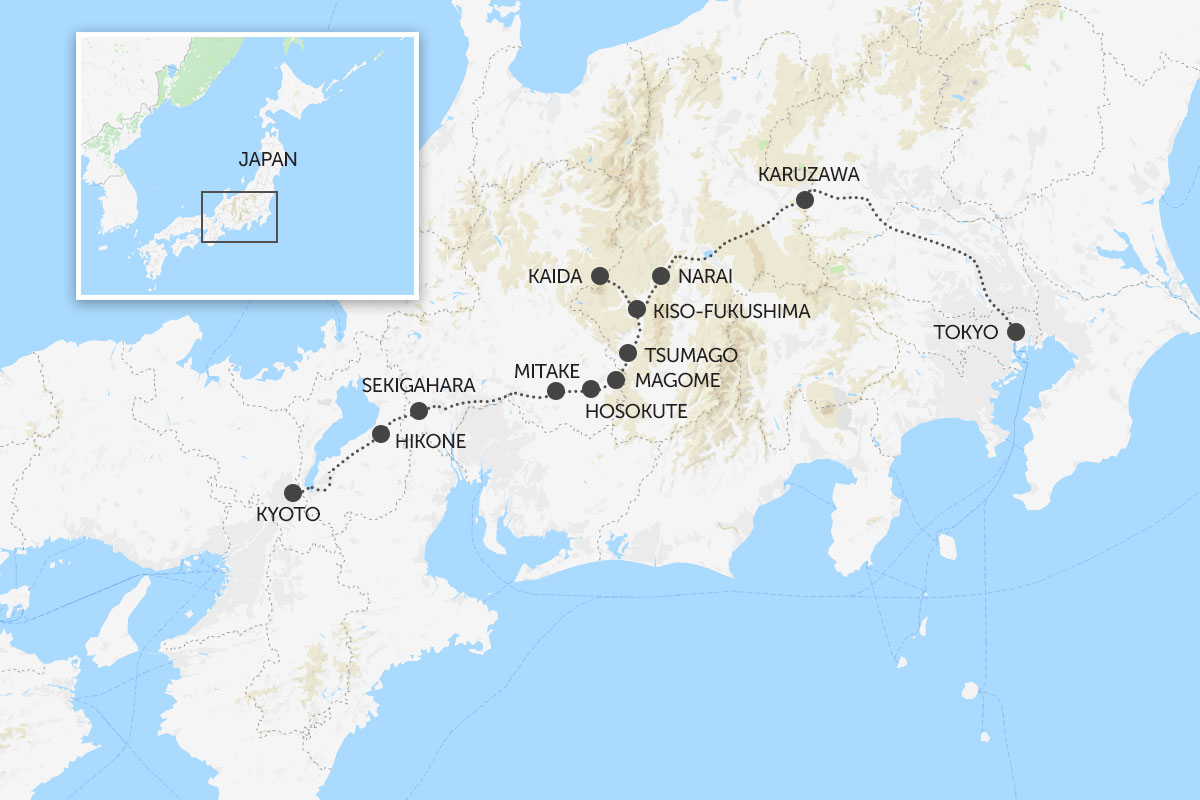
Hiking the Nakasendo Trail offers a unique opportunity to experience Japan’s traditional countryside and immerse yourself in its rich cultural heritage. The trail is divided into several sections, and hikers can choose to trek a specific part or attempt the entire route over the course of several weeks. Each section has its own distinctive charm, with ancient post towns, shrines, temples, and historical landmarks along the way.
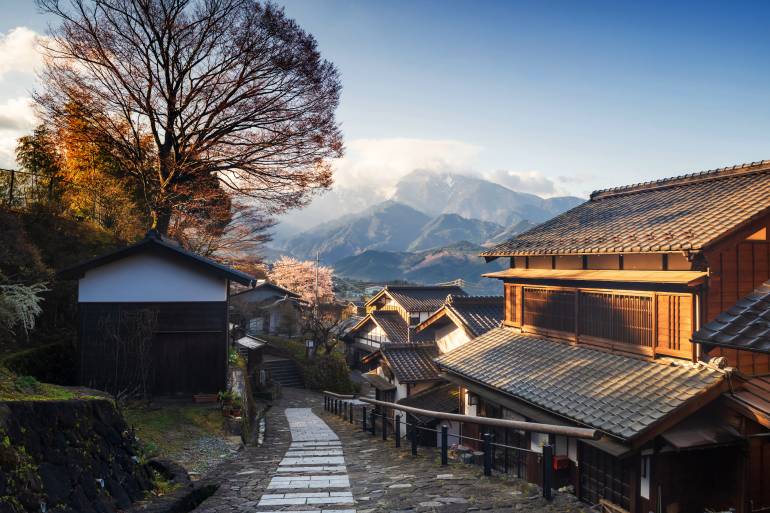
Some of the well-preserved post towns on the Nakasendo Trail include Magome, Tsumago, Narai, and Kiso-Fukushima. These towns offer traditional Japanese architecture, narrow cobbled streets, wooden houses, and hospitable locals who warmly welcome visitors. Many of these towns have retained their historical charm, providing a glimpse into life during the Edo period.

The hiking difficulty on the Nakasendo Trail varies depending on the section you choose and your fitness level. Some parts of the trail are relatively easy, with well-maintained paths and gentle slopes. Other sections can be more challenging, especially if they involve steep ascents and descents. Proper hiking gear, including sturdy footwear and weather-appropriate clothing, is essential for a comfortable and enjoyable experience.
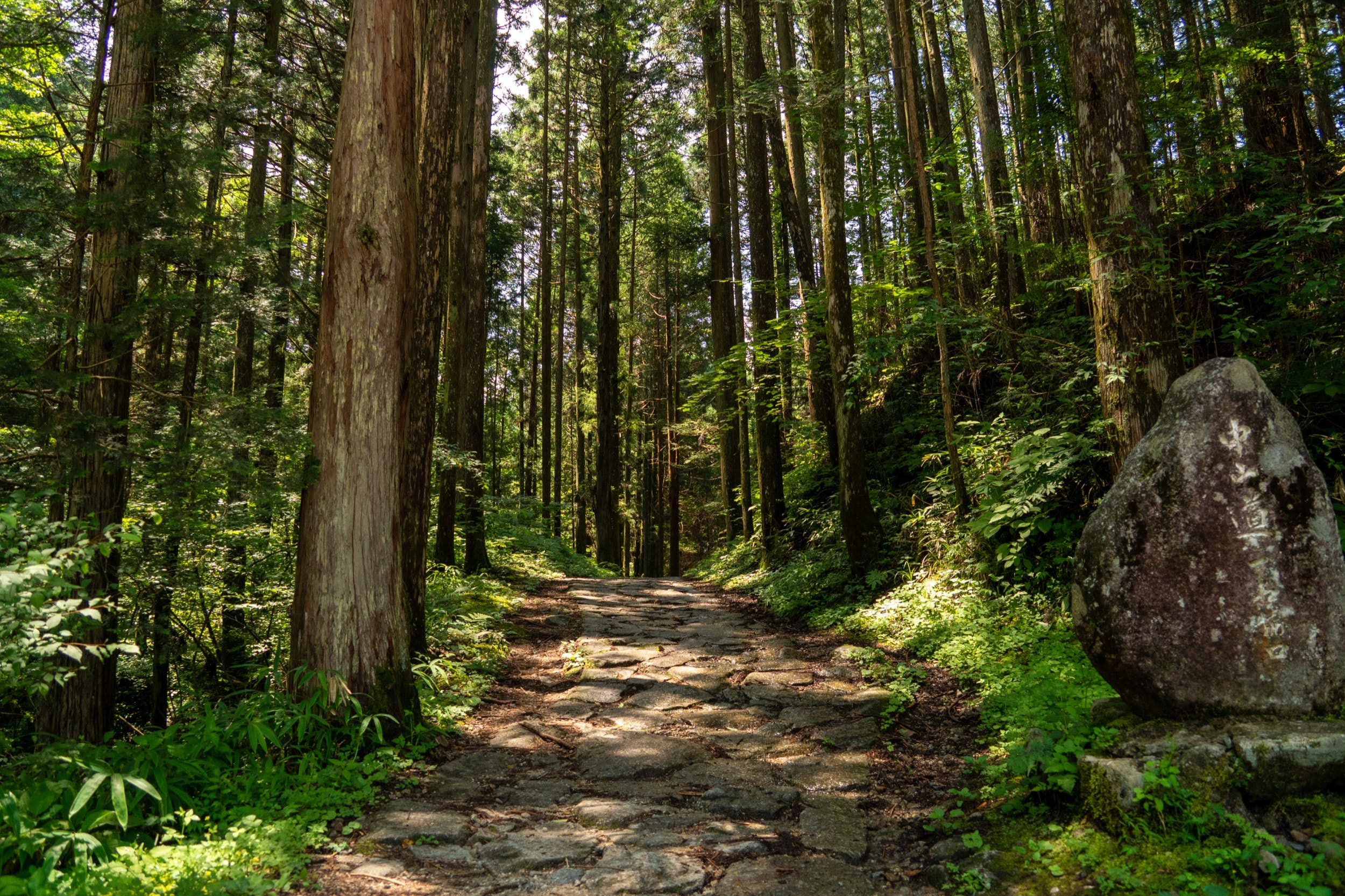
The best time to hike the Nakasendo Trail is during the spring and autumn seasons when the weather is mild, and the landscapes come alive with cherry blossoms or colorful foliage. Summer can be hot and humid, while winter can bring snow and chilly temperatures, making hiking more difficult and less enjoyable.
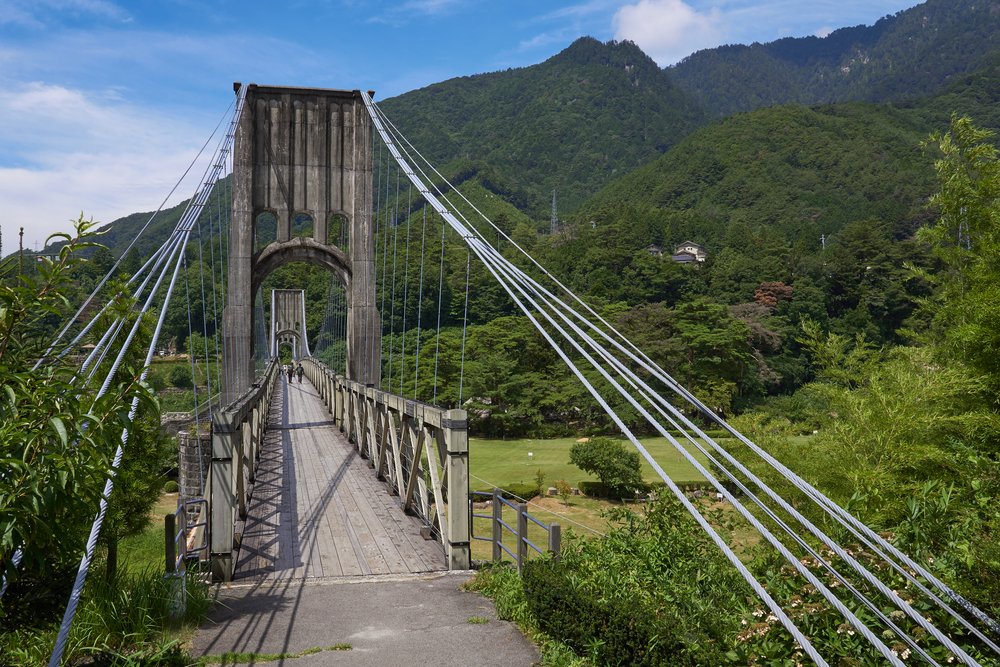
One of the highlights of hiking the Nakasendo Trail is the opportunity to experience the traditional Japanese hospitality known as “omotenashi.” Along the route, you’ll find minshuku (traditional Japanese guesthouses) and ryokan (traditional inns) where you can stay and enjoy local cuisine and hot spring baths to rejuvenate after a day of hiking.
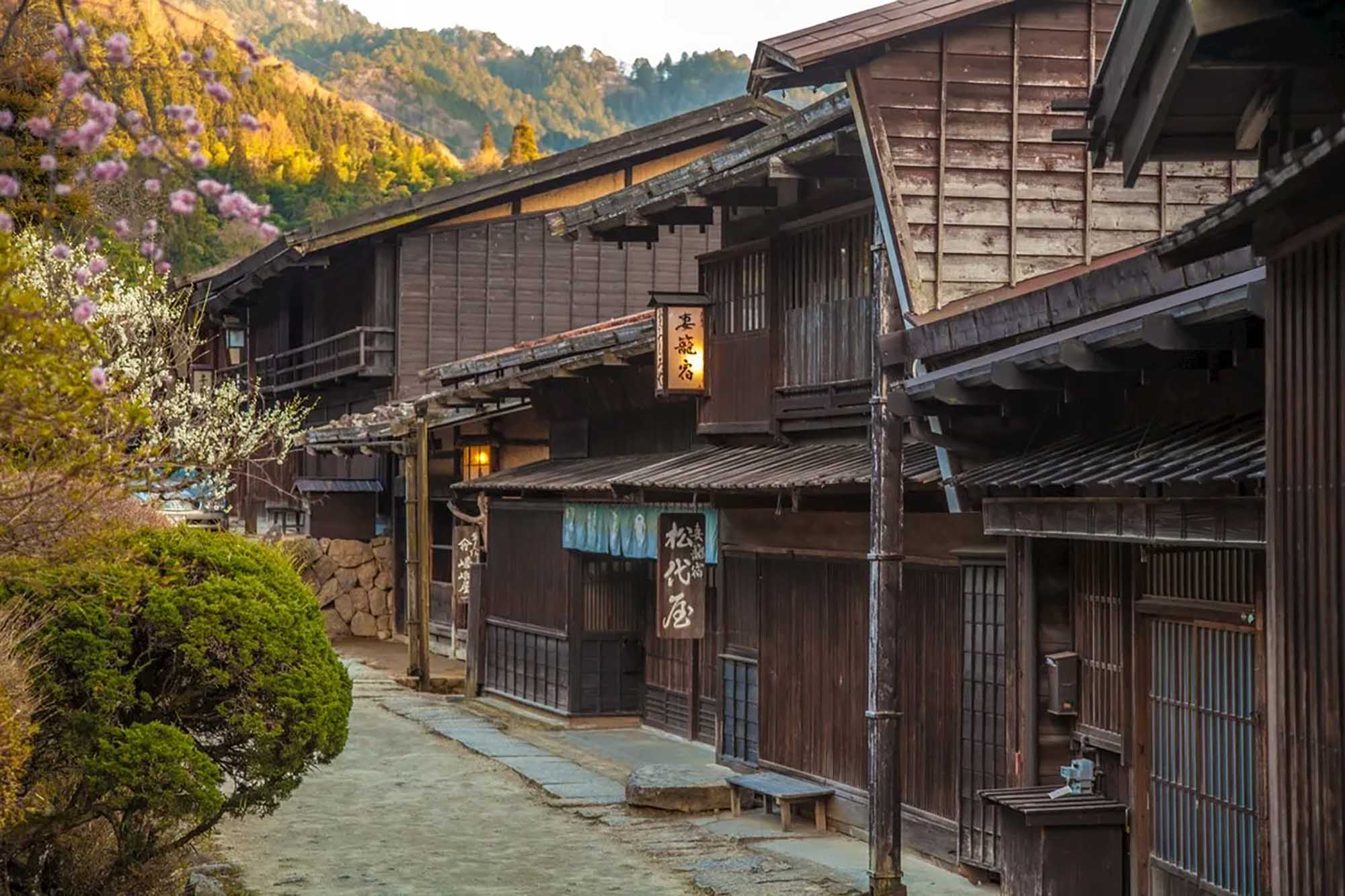
Hiking the Nakasendo Trail is a memorable and rewarding experience that allows you to connect with Japan’s history, culture, and nature while enjoying the warmth and hospitality of the local communities along the way.
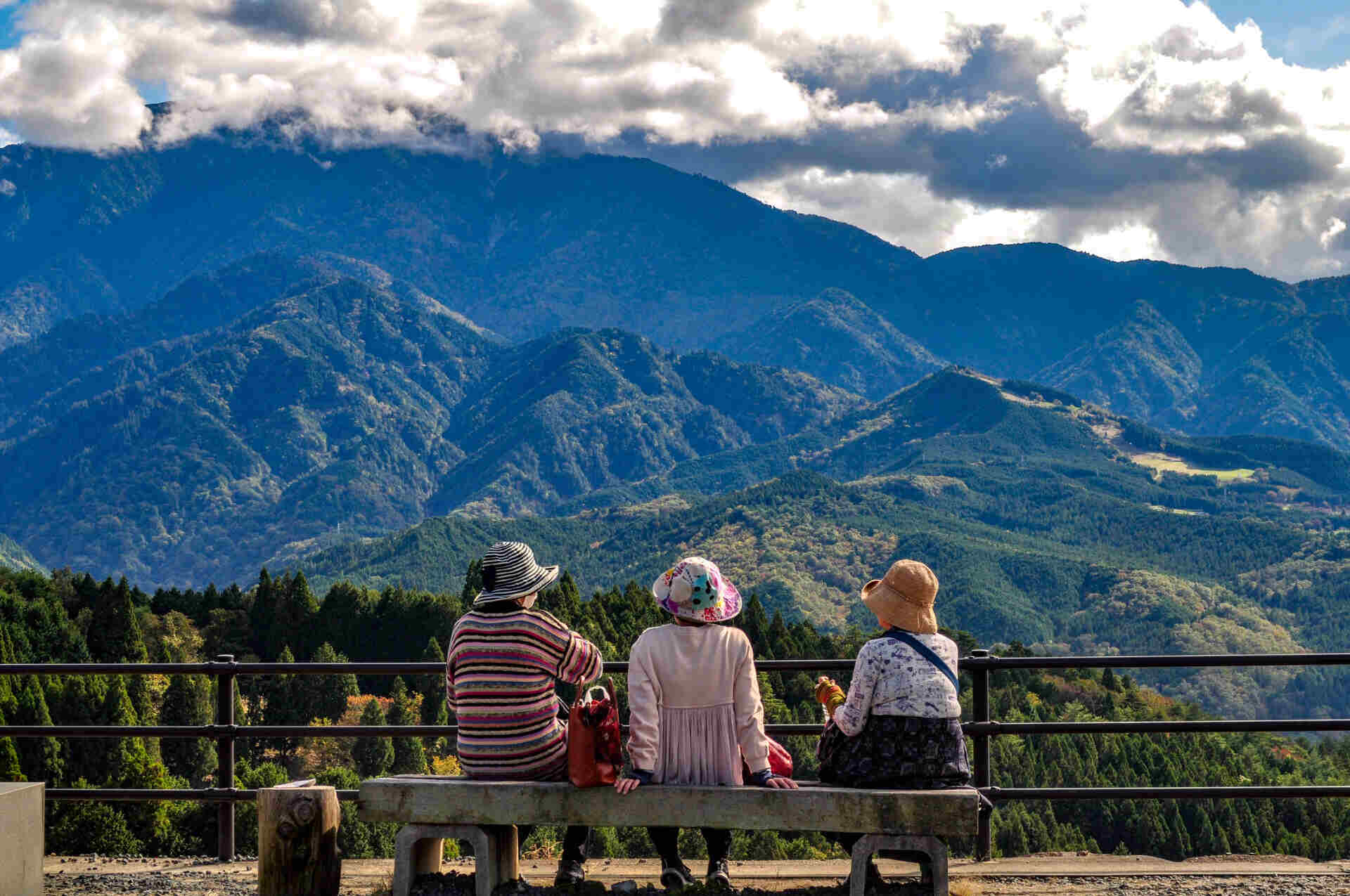
If you are interested in learning more, check out our other blog posts on Japan:
https://kiplingandclark.com/latest-from-k-c/japan-shirin-yoku-walking
https://kiplingandclark.com/latest-from-k-c/our-favorite-gardens-in-japan/

